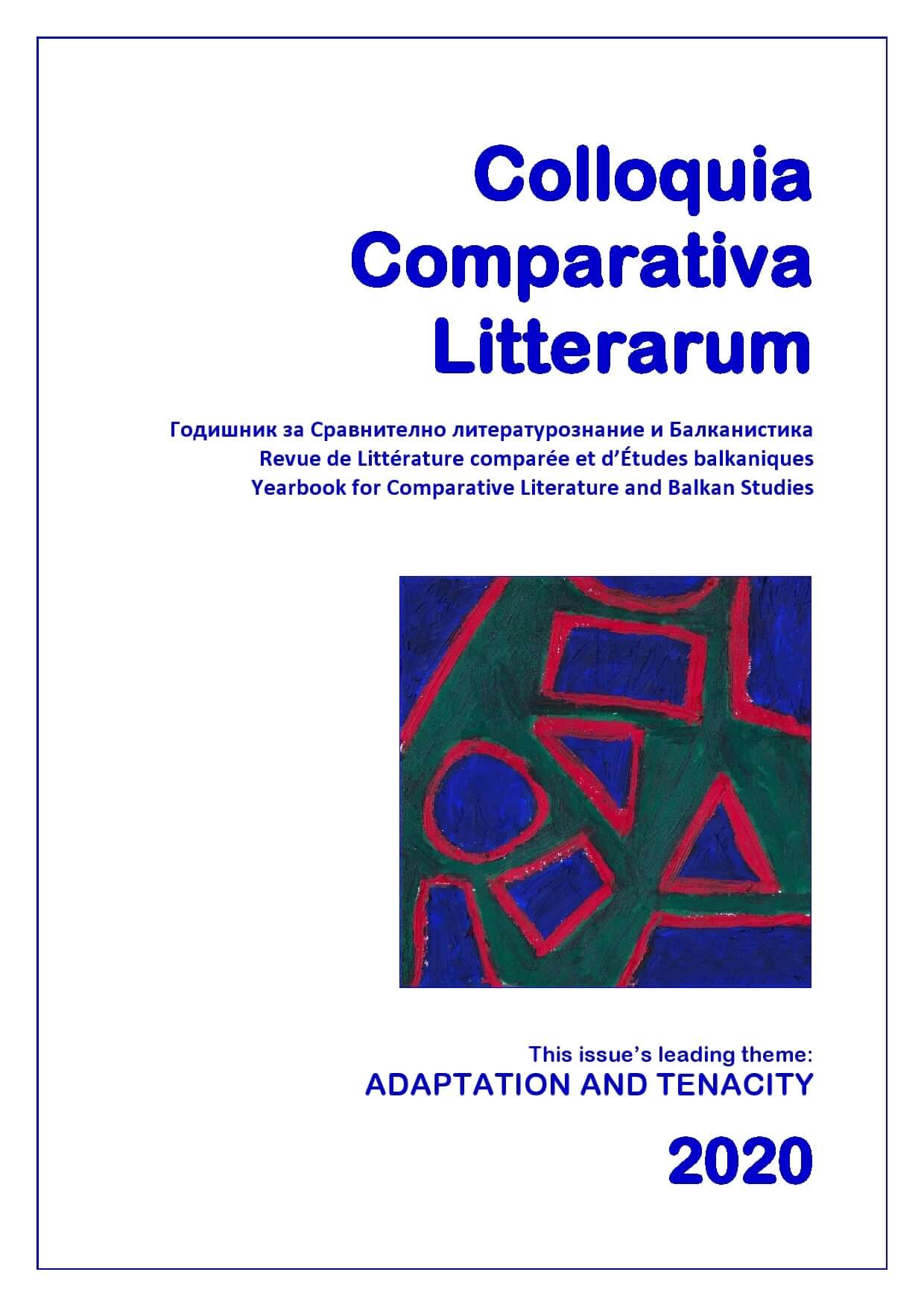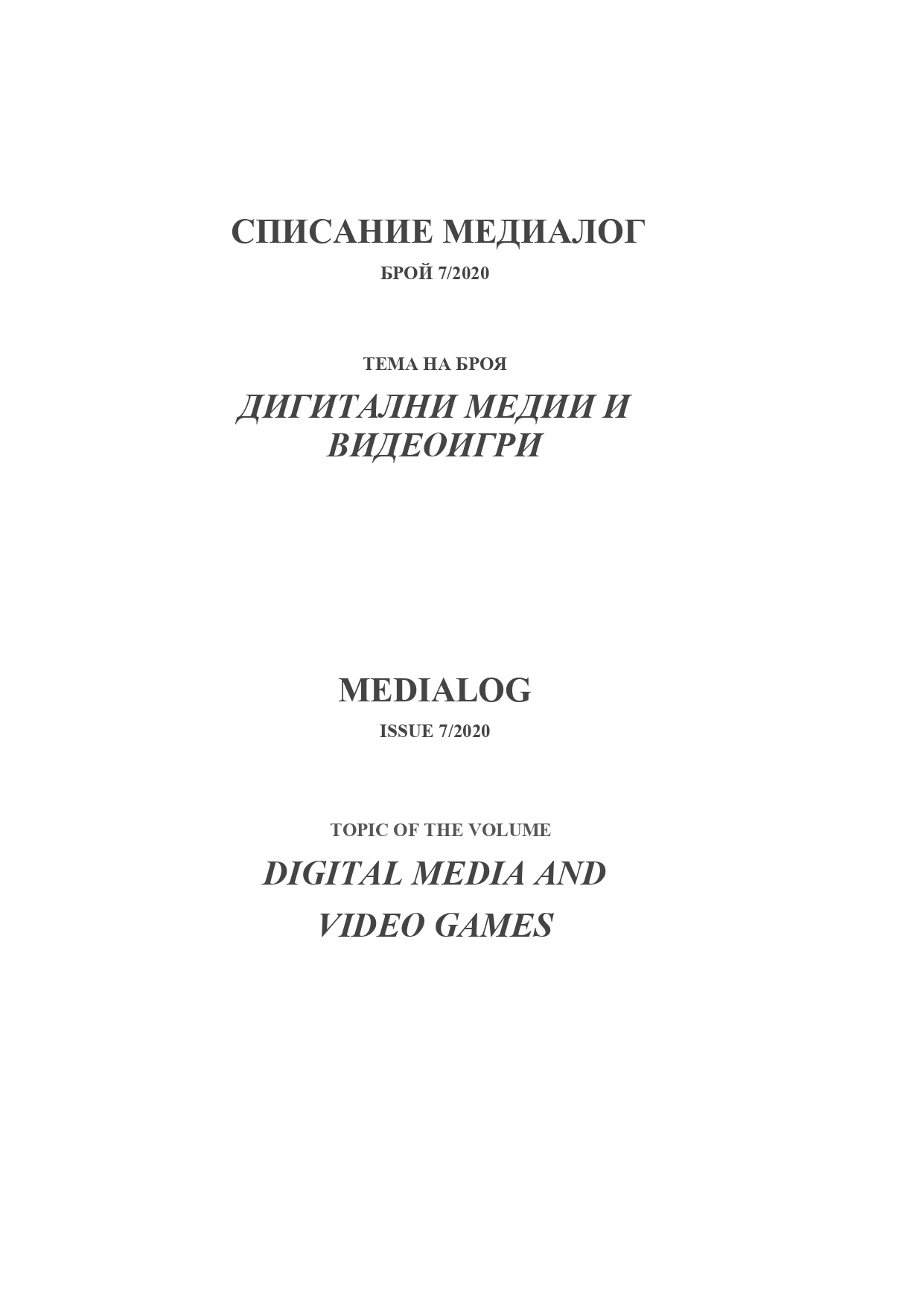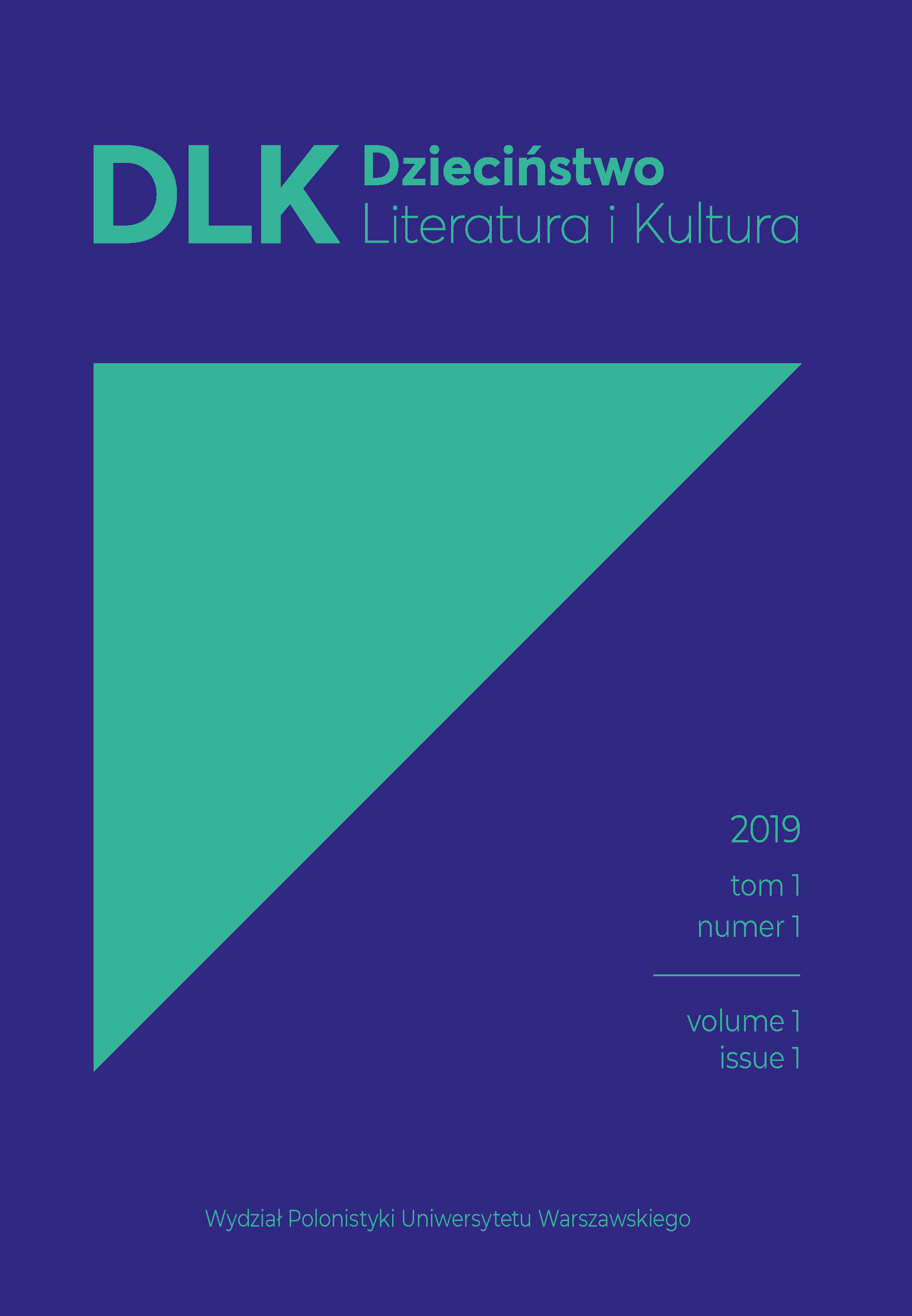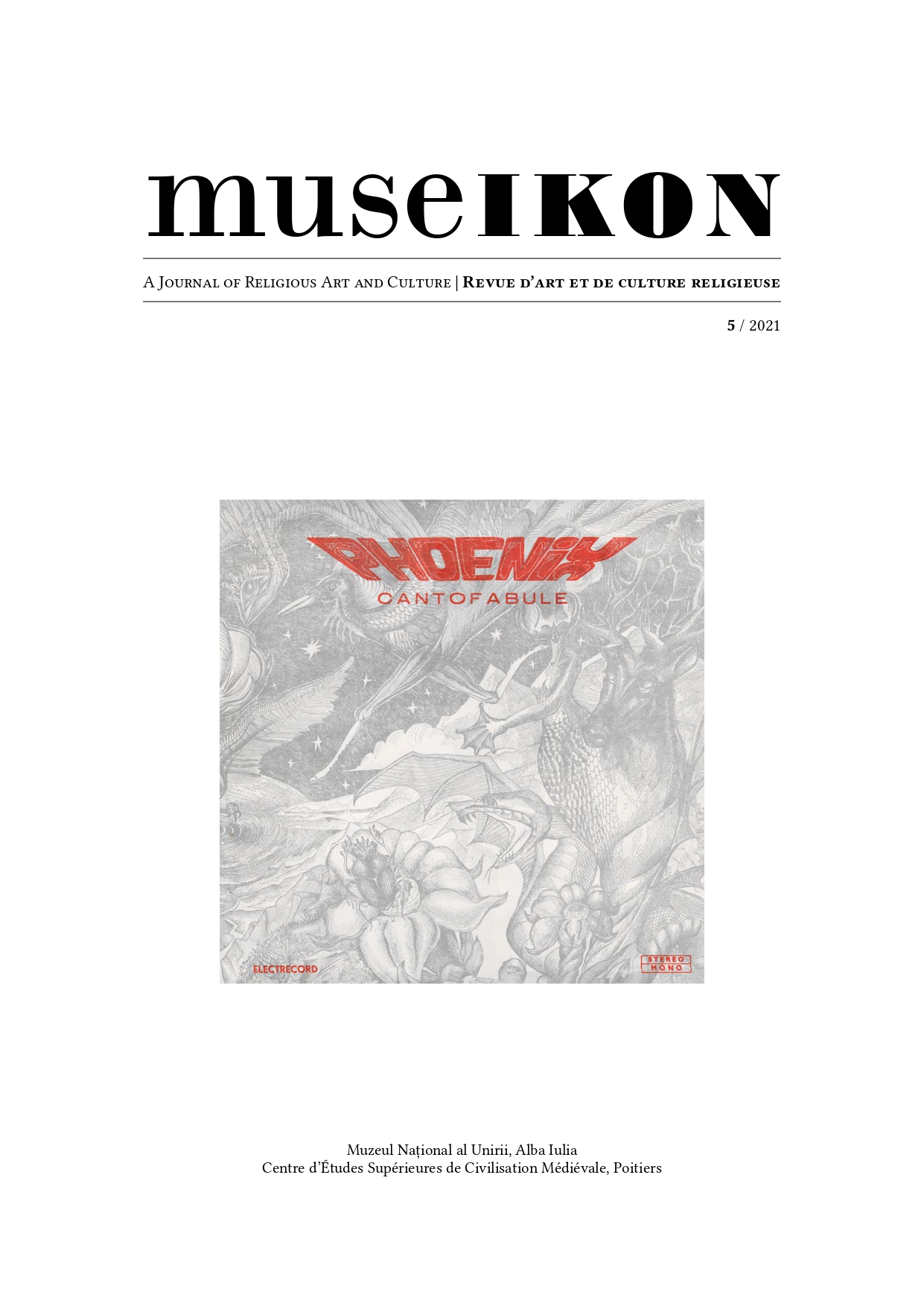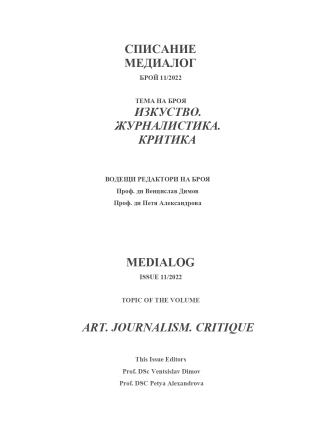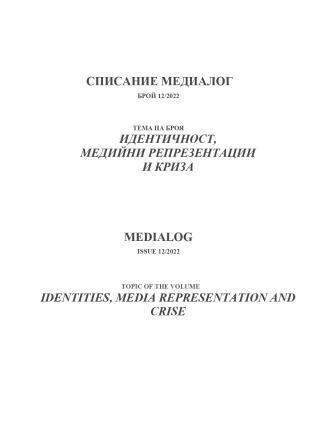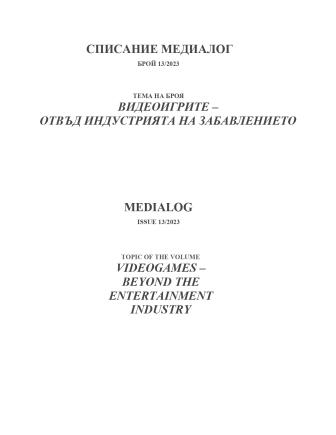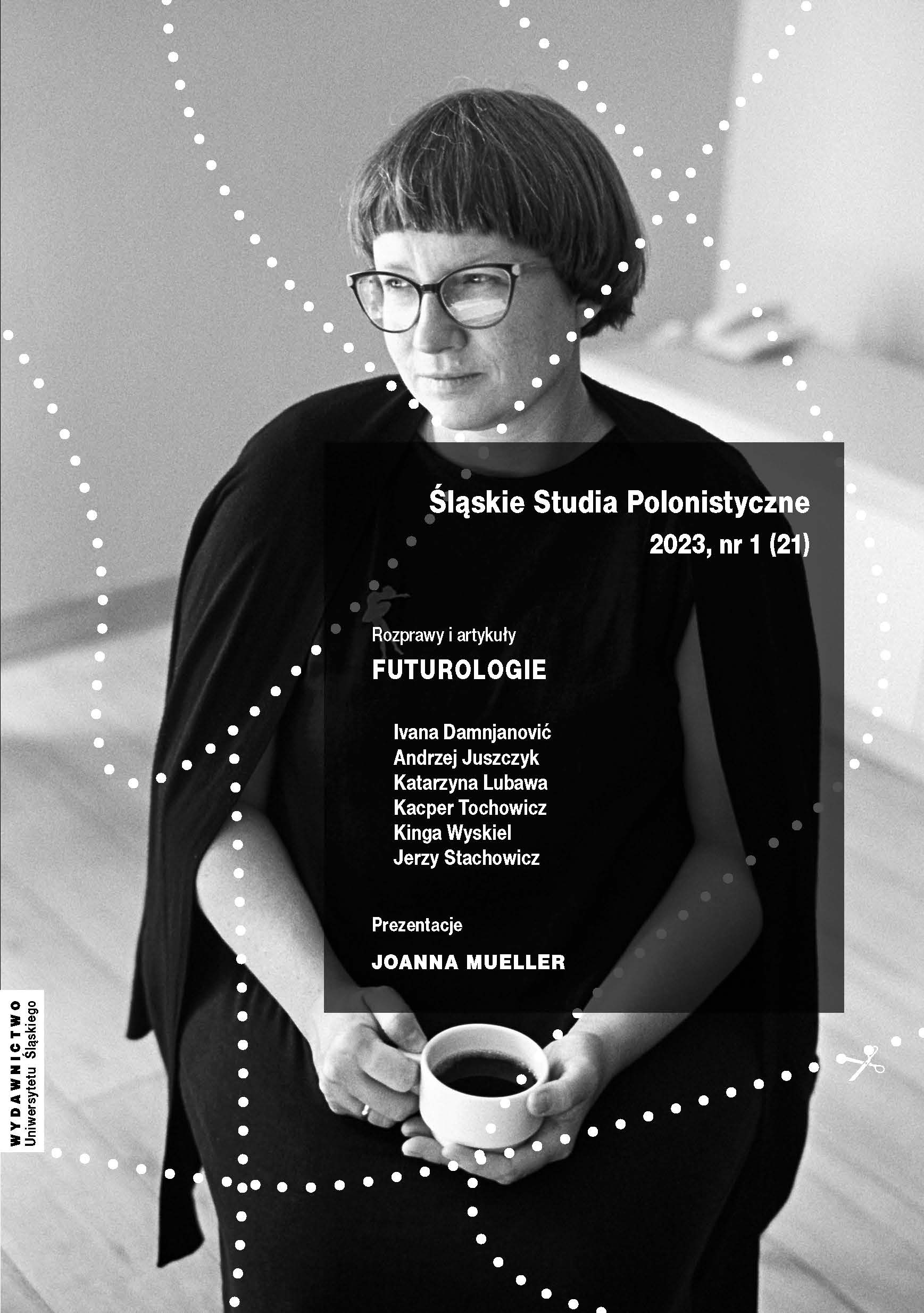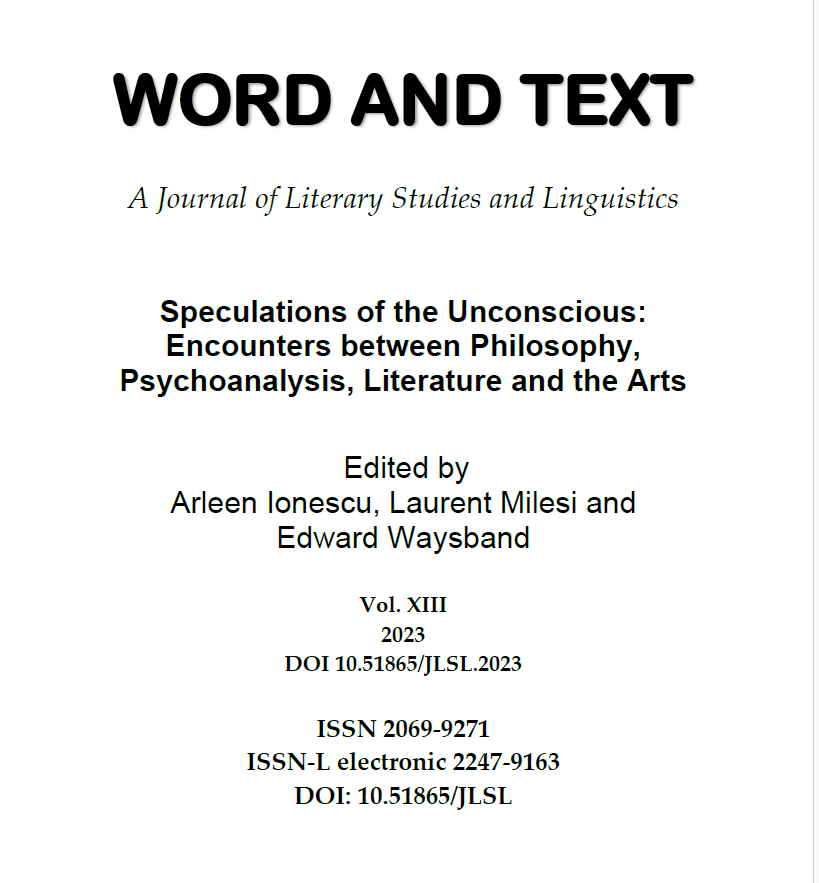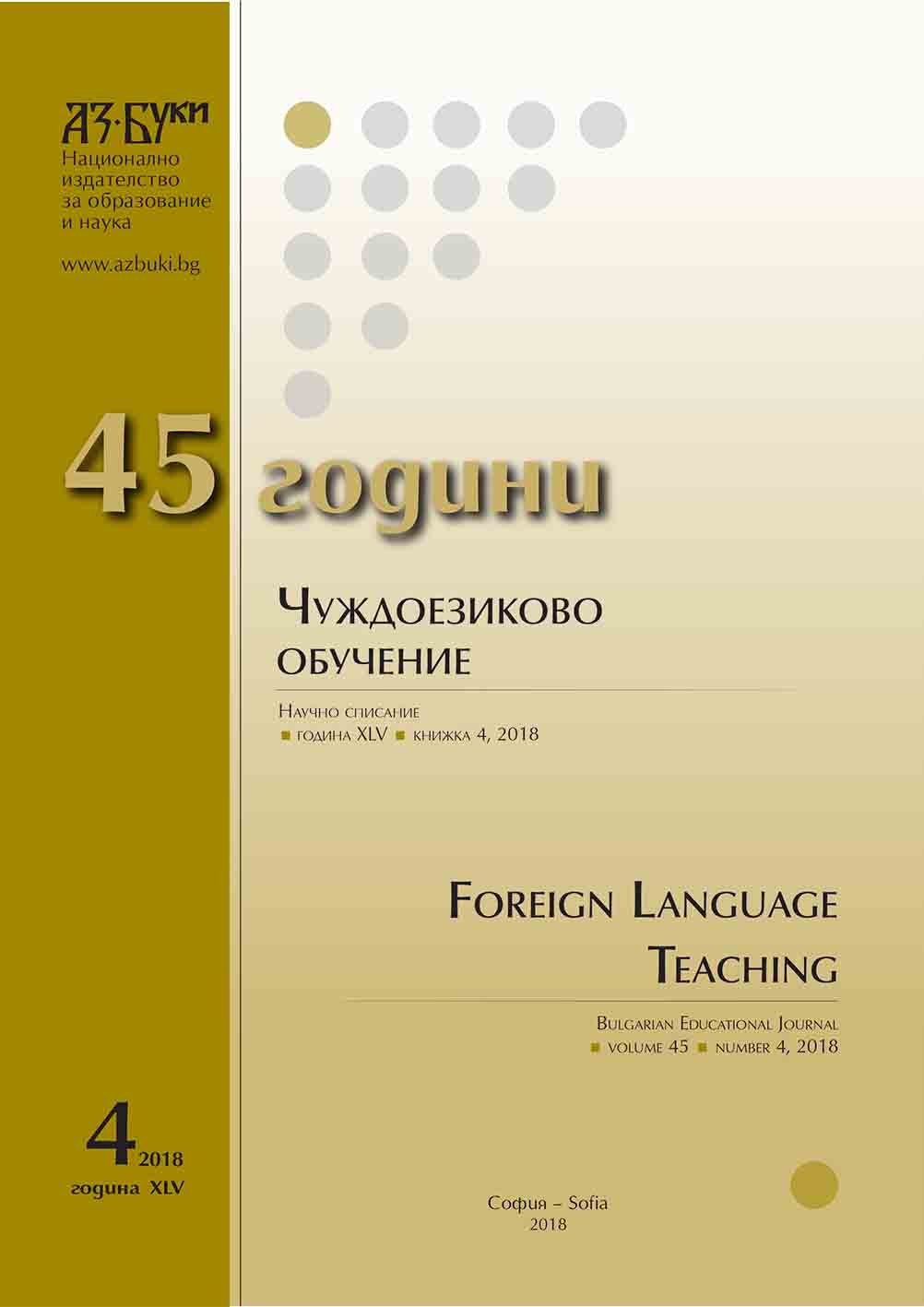
Кинотехнология в обучении русскому языку: теоретические основы, особенности организации
The article deals with theoretical bases and organizational peculiarities of the movie-technology that is one of the productive innovative technologies in Russian as a foreign language instruction. This technology supposes the organizing of Russian language acquisition during the preparation of the film production, the proper film production, its montage and following viewing. The specific features of movie-technology stages in the process of instruction are described.
More...

